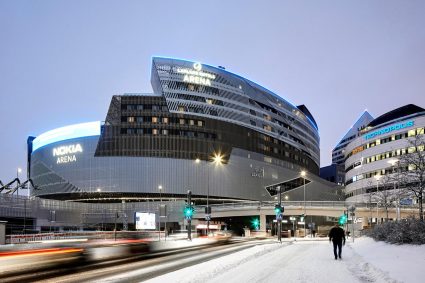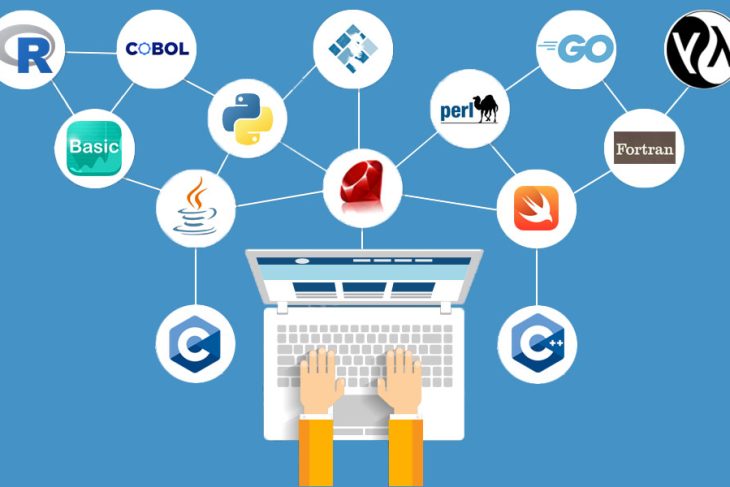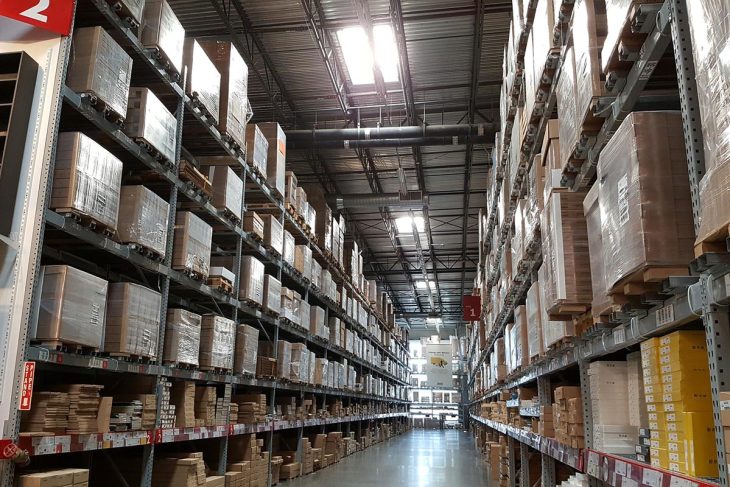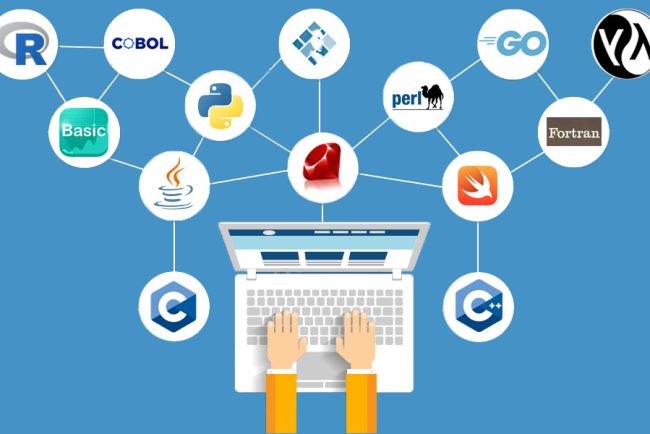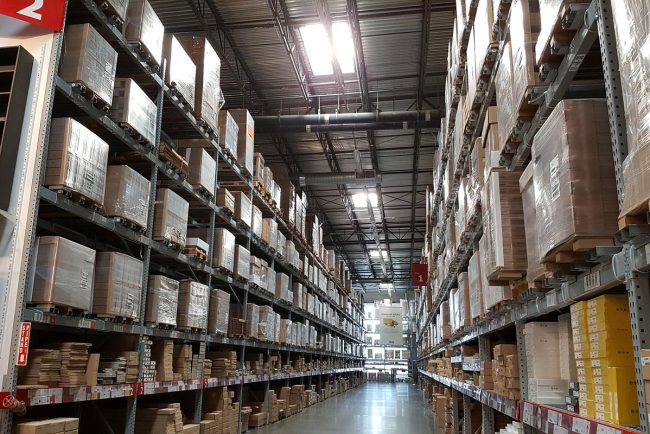

In today’s rapidly advancing technological landscape, smart homes have gained significant popularity. The integration of smart devices and automation systems has transformed houses into intelligent living spaces. This article explores the concept of smart homes and how they have revolutionized the idea of home, making it a more convenient, efficient, and connected environment.
The Rise of Smart Homes:
Smart homes refer to residences equipped with connected devices and systems that can be controlled and monitored remotely. These devices, often interconnected through the Internet of Things (IoT), offer a wide range of features and functionalities, enhancing comfort, convenience, security, and energy efficiency within households.
Convenience and Control:
One of the primary benefits of smart homes is the convenience they provide. Through smart devices such as voice assistants, smartphones, and tablets, homeowners can control various aspects of their houses, including lighting, temperature, security systems, and entertainment devices. This level of control allows individuals to customize their living environments according to their preferences and schedules.
Energy Efficiency:
Smart homes also contribute to energy efficiency, promoting sustainability and cost savings. Smart thermostats can learn residents’ habits and adjust temperature settings accordingly, optimizing energy consumption. Automated lighting systems can turn off lights in unoccupied rooms, reducing unnecessary energy usage. These energy-saving features not only benefit the environment but also help homeowners lower their utility bills.
Enhanced Security:
Smart home security systems offer advanced features to protect households from potential threats. Video doorbells allow homeowners to see and communicate with visitors remotely, increasing security and deterring potential intruders. Motion sensors, door/window sensors, and smart locks provide additional layers of security, enabling homeowners to monitor and control access to their homes from anywhere.
Connected Living:
Smart homes promote connected living by integrating various devices and systems. Home automation hubs act as central control units, allowing homeowners to manage and coordinate multiple smart devices seamlessly. This interconnectedness enhances the overall user experience, creating a cohesive ecosystem where devices work in harmony to meet the residents’ needs.
The Personalization Factor:
Another aspect that makes smart homes unique is the ability to personalize the living space. Smart devices can learn residents’ preferences and adapt accordingly. For example, smart lighting systems can adjust brightness and color temperature to create the desired ambiance. Smart speakers can curate personalized playlists based on individual music preferences. These personalized touches create a sense of comfort and familiarity within the home.
Conclusion:
Smart homes have revolutionized the concept of home, offering convenience, energy efficiency, enhanced security, and connected living experiences. With the proliferation of smart devices and IoT technology, homeowners can transform any house into a smart home, tailored to their unique needs and preferences. Embracing smart technology not only makes homes more intelligent but also creates a welcoming and comfortable environment where residents can truly feel at home.

